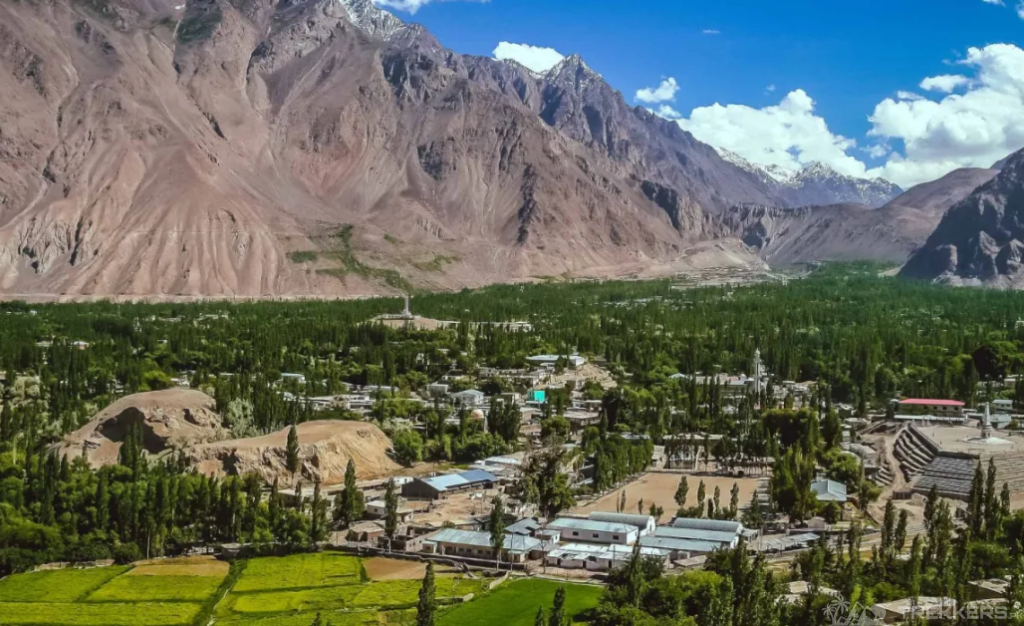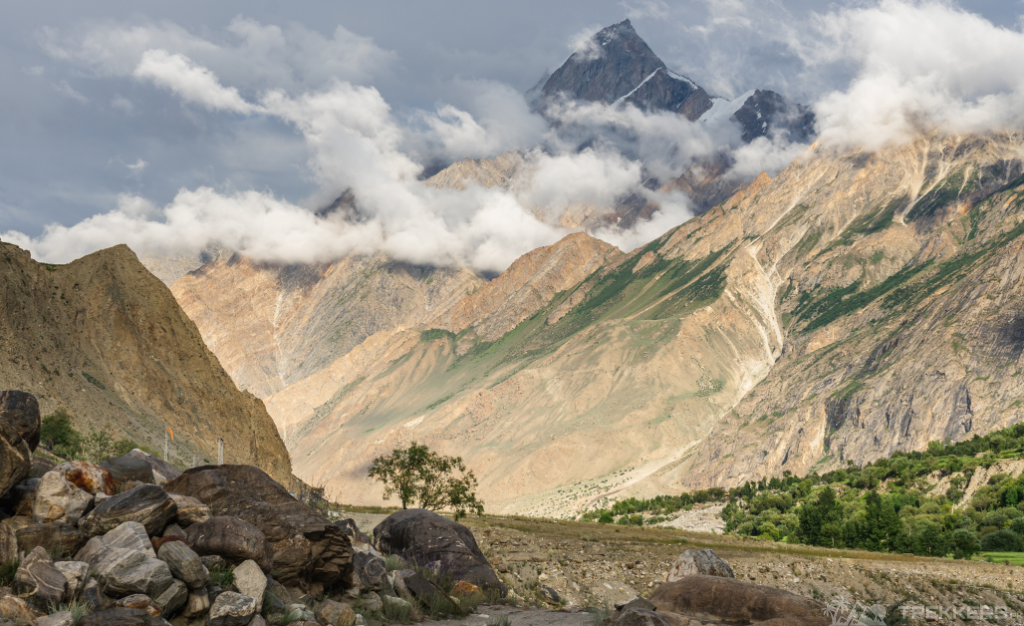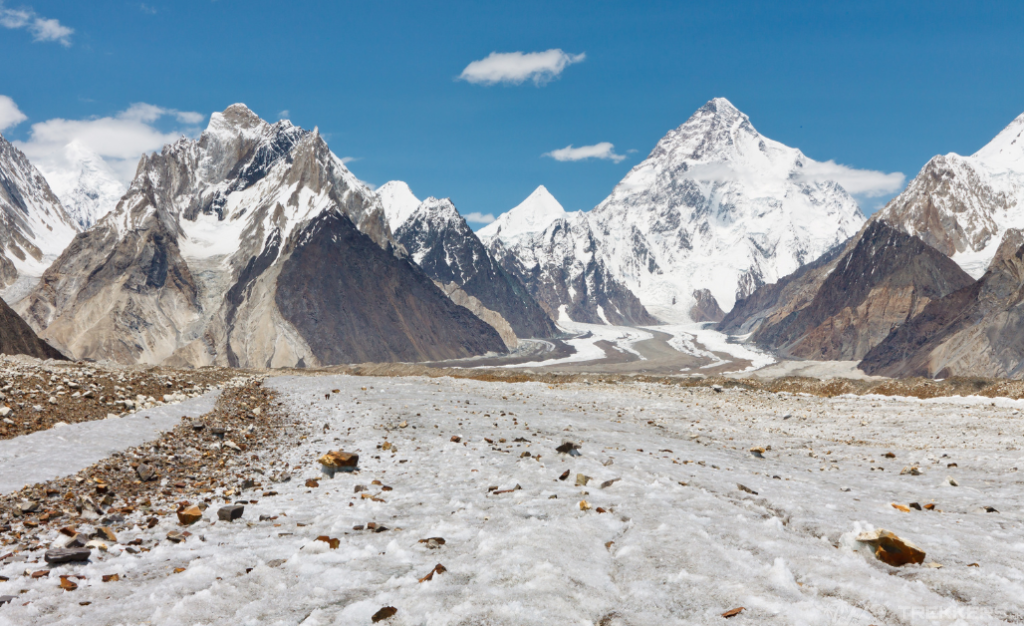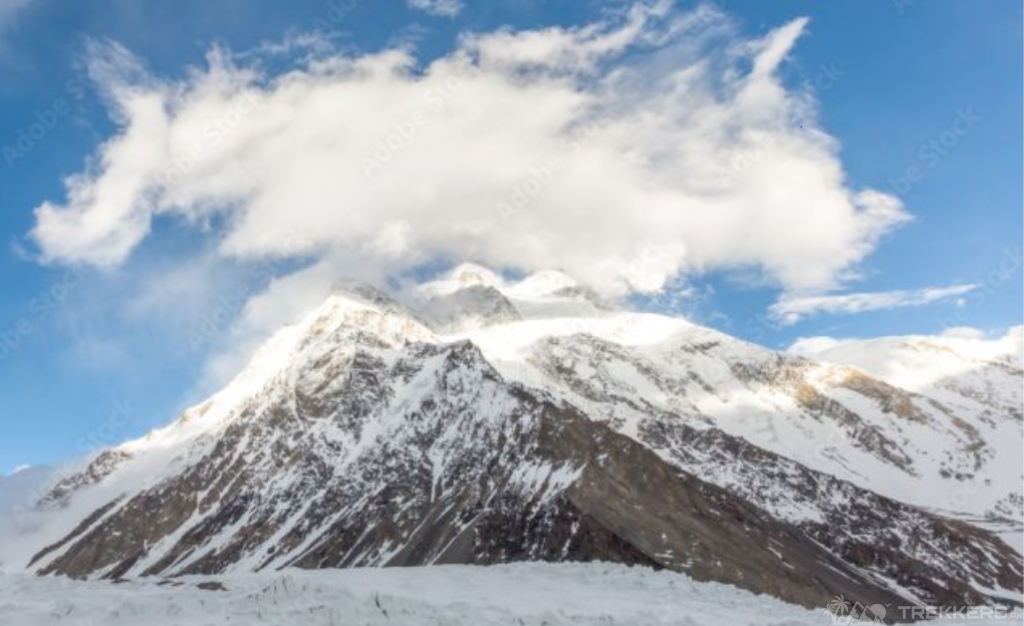Pakistan is a land of stunning natural beauty and wonders. There is no denying that the country is rich in beauty, culture, history, and vibrant life. But despite boasting such intriguing attributes, the country has been frequently in the headlines for various reasons, mostly terrorism. This has been a huge stumbling block for many enthusiast adventurers when they ask themselves, ‘Is it safe to travel to Pakistan?’ and hesitantly end up quitting their plans.
The majestic Karakoram ranges, massive peaks, five of the 14 eight-thousandth peaks in the world, the top mountaineering destinations in the world, various trekking opportunities, the most beautiful glaciers, and there’s so much more in Pakistan that will take all day to describe.
How could an adrenaline junkie like me can miss all this?
I got an opportunity to travel to Pakistan and experience the adventurous trek to K2 base camp. And guess what, it is ranked among the top 10 treks in the world (woohoo!). I planned the trip and flew to Pakistan to explore the country, overcoming all the barriers.
Is it safe to travel to Pakistan? Is it secure for International travelers? This guide from an Italian traveling to Pakistan, will answer all the questions about security and safety for tourists and provide you with relief.
Expedition to Pakistan
My journey began when I reached Islamabad Airport. It is the capital city of Pakistan and the ninth-most populous city. As I stepped outside, the intriguing eyes got on me. But none of them made me uncomfortable; instead, there were very warm welcomes from the locals. Since I was here for the K2 base camp expedition, my tour company already awaited. I was accompanied to a nearby hotel and checked into my comfortable room in a pleasant environment.
The next day was all about buzz and excitement, and then I met with the adventurer group. As we were going to fly to Skardu, a mountain town in Gilgit-Baltistan with heavenly natural beauty. We met our fellow travelers for the K2 base camp tour while having a delicious breakfast. After a comprehensive brief about the venture and the completing paperwork, the team drove us to Islamabad Airport for our flight to Skardu. Until now, we were totally at ease, and none of the claims felt true. The security and forces were trying their best to keep us comfortable and frequently inquired from us.

Heading to Skardu, Pakistan
The one-hour flight from Islamabad to Skardu was a treat for our eyes as we winded above the spectacular northern region of Pakistan and the Himalayan Mountain ranges. The weather was clear, and luckily, we caught a slight glimpse of Nanga Parbat as well. The aerial sightseeing was just the start of a dreamy journey, and we soon realized it when we reached the charming town of Skardu.
While our rest team checked into the Skardu Hotel to relax, I took the opportunity and went out in the streets to explore the town. As a foreigner girl, the locals were intrigued by my presence but greeted me with utter respect. I enjoyed my time wandering around and bought some pretty handicrafts. The question of whether is it safe to travel to Pakistan was blown over until now.
The next day, we got up and started preparing our luggage for the trek ahead. We had to arrange the necessary things in the backpack and the remaining belongings in the luggage for the porter to carry. The guides were very helpful throughout this time.

Trek to the K2 Base Camp
The 17-day thrilling trek to the K2 base camp starts from Askole, the last village of Pakistan in Shigar district, situated at 3,040 meters (9,970 feet) above sea level. As we geared up and fastened our bags, the jeeps awaited us. We had a 7-hour drive to Askole, passing by the renowned Safranga cold desert, Braldu Valley, and witnessing the fantastic views of Shigar Valley. Finally, we reached the extremely remote but absolutely pleasing village of Askole. This was our first night in the camps.
Our trek started in the morning after booting up with our backpacks on, the porters carrying the luggage, and the guide in front. We started walking on flat terrain, rough paths, and flowing streams. A little ahead, we came across an Army checkpoint and had some necessary checking and documentation. After the security check, we continued moving for 7 hours and reached our first campsite in Joula.
The vast mountains and the raging river made this stay the best start for us. We were served delicious Pakistani cuisine and slept in decent twin-sharing tents. The locals in the team were extra caring for us and made sure we felt at home. And to be honest, it was no less than that.
For the next few days, we had a routine of walking for 6-7 hours daily through rough terrain, rugged landscapes, uphill hiking, and crossing streams. We had several campsites throughout this time: Joula to Paiyu, Paiyu to Urdukus (the first time when we slept on Baltoro Glacier), and Urdukus to Goro II.

As we trekked more in the heart of the Karakoram ranges, the views became hauntingly alluring. The snow-capped peaks were a sight to behold. I felt privileged to be in this part of the world, surrounded by summits like Masherbrum, Trango Towers, Cathedral Peak, and countless mountains. For a mountaineer, this place is indeed heaven!
Reaching Concordia
Little did we know, the way was just a little of what waited ahead for us. When we reached Concordia, the “Throne Room of Mountain Gods,” I was totally speechless. The jaw-dropping beauty of K2, Broad Peak, Gasherbrum I, and Gasherbrum II roared loudly in the serene wilderness. Never had I ever imagined witnessing four massive mountain peaks above 8,000 m in one frame. It was a dream come true for all of us after a long, tedious trekking journey!

At an elevation of 4,600 meters located in the extreme north of Pakistan, Concordia is a paradise for every trekker and nature enthusiast alike. The night stay with stars gleaming over these proud peaks provided a splendid view, followed by a more appealing dawn. Our eager souls didn’t stop here, and we went ice climbing as well. The return trek was similar, so we retraced our steps and completed the expedition in a total of 17 days, including the days of arrival and departure to our homeland.
As much as I remember, we couldn’t stop thanking ourselves for coming all over here and witnessing these breathtaking sights. Apart from the visual beauty, the security and safety we got were more than satisfactory. Throughout our time, we were guarded well and welcomed wholeheartedly by the residents. During the camp nights, we shared our tales with each other and shared laughter. During the trek, the locals looked after us and entertained us with their songs and comedy. Instead of scaring us a little, we had an extra enjoyable time all because of them.
Final Verdict
So now, let’s answer your question: Is it safe to travel to Pakistan?
Pakistan has been a vulnerable country that got in some adverse situations and appalling events that came into highlight. But then the authorities came into action and worked diligently to improve the country’s image. And undoubtedly, the progress has radically improved. The security forces in Pakistan are doing a great job of keeping the country safe, and we felt confident that we were in good hands. We were welcomed with utmost hospitality and comfort and explored the country’s cultural and natural treasures.
Although there are some remote and tribal areas in Pakistan that may be unreliable, most part of the country is safe and secure now.
So, in short, YES, Pakistan is now safe for international travelers. Don’t hesitate over baseless rumours and miss out on the most amazing ventures in Pakistan!
Read out of my journey tales to the Hispar Region, the glacial expanse unfolding the Kunyang Chhish: A Marvel of Land Touching the Celestial Limits